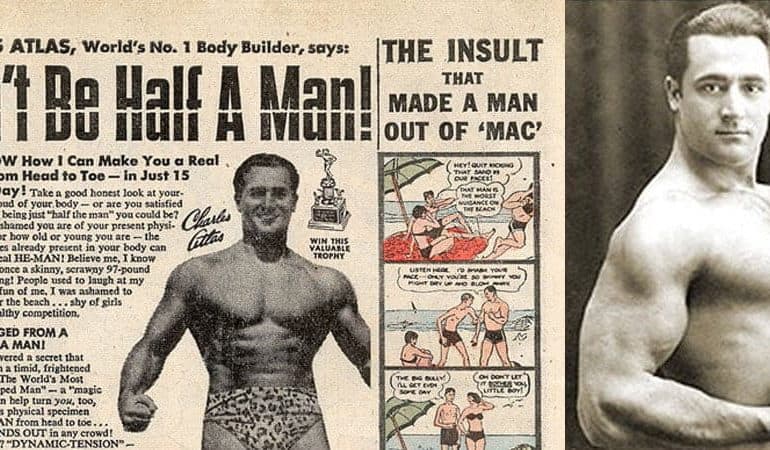It’s time that men rethink their colour choices. Repeating the same colours is not the only option at hand. There is a colour right under your nose, to upgrade your look.
Black, white, grey, blue, and maroon are the colours every guy conventionally has, and these are repeated throughout the week. These used to be the trend, years ago. They can move aside because here we are talking about Pink. New times need new changes. Why stick to traditions if they don’t even allow you to explore the colours that you might have wanted to try on, but couldn’t because of reasons that even you don’t really understand? So, if you have not already added this magical colour to your wardrobe, then it’s time that you are introduced to the many wonders this colour can do to your style.
Pink, according to colour psychology, has a great calming effect on the observer. It not only calms your mind but can also aid in concentration. This characteristic not only makes it an important colour for you during exams, but it also allows those around you to feel calmer. Many football teams like, Manchester United, have started using pink kits, and celebrities are not far away either, with actors like Ranveer Singh breaking the taboos around men exploring the world of fashion with what are stereotypically perceived as feminine colours and attires.
Here are a few Auburn tips to rock Pink and be “the man”:
- A light pink tee with darker denim is spot-on. You can also accompany a lighter shade of pink with white shorts.
- Not just tees, one can also pull off a great look with pink shorts accompanying them with a button-down shirt of a lighter shade of pink, white, or grey. It will all add up to a look of casual comfort.
- Pink shoes are trending now with footballers donning pink sports shoes on, and off field. This accessory will tell the crowds that you are serious about your game.
- A peek of pink socks with your shoes can add a statement to not only your footwear, but for the whole look as well.
- Pink can also backfire if you pair it with a lot of pink. Too much of a single colour can ruin the look. Try out shades which are lighter to balance the look. A bright colour can also spoil the look, if not paired up right.
So, guys, it’s time that you try out pink. You never know that it could be the best fashion choice for you!
Featured Image Credits: Ayush Chauhan for DU Beat
Abhinadan Kaul
Stephen Mathew




